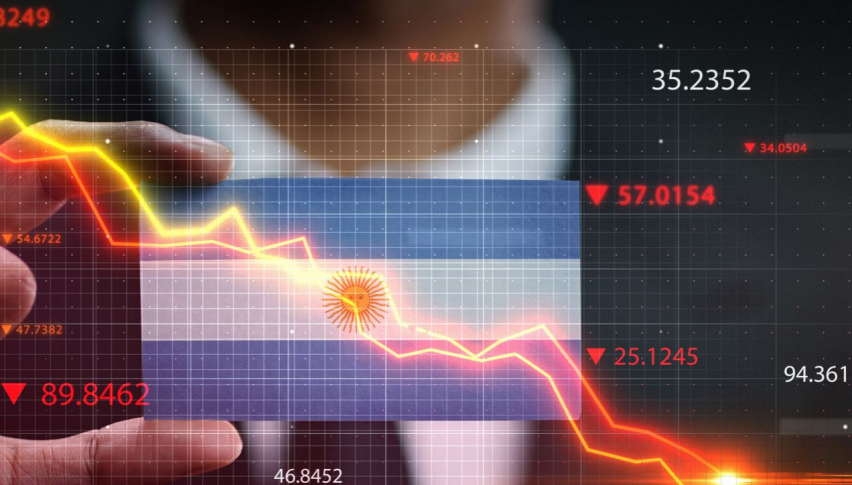Trump–Milei Summit Poised to Seal Tariff Deal with Argentina
Currently, the United States applies a 10% tariff on Argentine goods, a lower rate compared to the 35% on Canada, and 50% on Brazil.

Quick overview
- The upcoming trade agreement between the U.S. and Argentina is expected to cover at least 100 foreign trade items with tariffs ranging from zero to ten percent.
- President Javier Milei of Argentina will meet with U.S. President Trump on October 14, shortly before Argentina's midterm elections, potentially announcing a zero-tariff trade deal.
- Negotiations for the bilateral trade deal are reportedly well advanced, with Argentina seeking preferential tariff advantages over other Latin American countries.
- The U.S. is Argentina's second-largest trading partner, with energy exports making up a significant portion of shipments, while American investors show strong interest in various sectors.
The agreement is expected to cover at least 100 foreign trade items, with tariffs ranging between zero and ten percent. However, details remain scarce as negotiations have been conducted under strict confidentiality.

On October 14, just days before Argentina’s midterm legislative elections, President Javier Milei will be officially received by his U.S. counterpart in the Oval Office. In addition to the strong political and financial backing already expressed by the Trump administration, the meeting is likely to produce the announcement of a zero-tariff trade agreement between the two countries.
On Monday, Argentine Foreign Minister Gerardo Werthein confirmed he met in Washington, D.C., with U.S. Trade Representative Ambassador Jamieson Greer. Both sides agreed that their technical teams will continue working toward finalizing the bilateral trade deal. Negotiations are said to be well advanced. Notably, Argentina was among the first countries to open talks with the White House following the initial round of tariff hikes announced in April.
Tariff Situation with Argentina
Currently, the United States applies a 10% tariff on Argentine goods, a lower rate compared to the 35% on Canada, 50% on Brazil, and the standard 15% imposed on many other countries. A new agreement would give Argentina a preferential tariff advantage over much of Latin America.
“Over the past year and so far this year, the United States has been Argentina’s second-largest trading partner in goods,” Werthein said. “As a destination for exports, it has ranked second only to Brazil for the past two years. In services, it is our number-one export market. The U.S. is also the leading source of foreign direct investment in Argentina.”
Trade and Investment
The U.S. Treasury Secretary also signaled strong interest from American investors. In a post last week, he noted: “I have been in contact with numerous U.S. companies planning major foreign direct investments in Argentina across multiple sectors,” while adding that such plans hinge on “a favorable electoral outcome.”
Energy dominates Argentina’s exports to the U.S. Nearly 45% of all shipments during the first eight months of the year consisted of fuels and energy, a category that posted an impressive 57% year-on-year growth. On the import side, Argentina relies heavily on U.S. intermediate goods and production inputs, which account for about one-third of total purchases.
- Check out our free forex signals
- Follow the top economic events on FX Leaders economic calendar
- Trade better, discover more Forex Trading Strategies
- Open a FREE Trading Account
